The landscape of property development is witnessing a seismic shift towards sustainability, with demand for built environment sustainability assessment escalating by 20% annually. This burgeoning interest underscores the critical role that sustainable practices play in shaping the future of construction and architecture.
This guide explains the core principles and advantages, guiding you through achieving certification, and showcases successful case studies. You’ll grasp how BREEAM aligns with ESG goals, boosting asset value while mitigating risks. Additionally, it looks at digital tools that ease the process of conducting environmental evaluations, as well as the burgeoning trends within the world of building sustainability appraisals.
- The fundamentals of BREEAM certification
- Navigating the BREEAM certification process
- The role of technical standards in achieving certification
- BREEAM case studies: Waldeck’s BREEAM success
- IKEA Greenwich – a model of sustainability
- Hyatt Place – embracing green hospitality
- The economic benefits of sustainable development through BREEAM
- Elevating asset value
- Moderating risks
- Bridging technology and sustainability with the BREEAM platform
- The digital revolution in environmental assessment
- Becoming a certified professional in sustainability
- Educational opportunities
- FAQs in relation to BREEAM certification
- What is BREEAM certification?
- Is BREEAM mandatory in the UK?
- What do the BREEAM standards mean?
- What is the difference between BREEAM and LEED?
The fundamentals of BREEAM certification
BREEAM certification by BRE, the bedrock for fostering sustainability in constructed spaces, presents an intricate and all-encompassing scheme that boosts construction norms globally. With more than two million assets registered worldwide and commanding a market share of more than 80% in Europe, its influence is undeniable.
BREEAM fundamentally champions an internationally recognised benchmark for evaluating, enhancing and scoring the eco-friendliness of structures. This holistic and collaborative approach not only covers green building standards but also extends to sustainable built environments at large. It offers essential perspectives to participants on the alignment of their endeavours, with overarching objectives for sustainability.
Embarking on the path to BREEAM certification demands careful strategising and strict compliance with intricate technical benchmarks each step of the way. Starting with an initial evaluation and moving through to the ultimate approval, this pathway covers a variety of aspects like lowering energy consumption or improving water use efficiency – each aimed at boosting overall quality of life performance and positively impacting worldwide sustainability goals.

Navigating the BREEAM certification process
The journey to achieve BREEAM certification is a strategic move for any project in the built environment. Achieving BREEAM certification symbolises not just adherence to a stringent environmental evaluation system but also embodies a pledge towards eco-friendly construction norms and sustainable practices.
The role of technical standards in achieving certification
Adhering to BREEAM’s technical standards is crucial throughout the green building certification process. As guiding lights, these norms set the bar for excellence in eco-friendly architectural planning, execution and maintenance. For those embarking on this path, understanding these guidelines early can streamline your efforts towards successful accreditation.
When you delve into BREEAM assessments, you carefully assess various factors such as energy usage, water consumption and material sourcing. Through this thorough environmental examination, it’s clear why being an independent verifier accurately reflects a property’s eco-friendly credentials.
How BREEAM works simplifies the journey through its intricate criteria, providing detailed explanations at every phase from initial evaluation to ultimate certification, guaranteeing that endeavours surpass or align with recognised environmental benchmarks.
BREEAM case studies: Waldeck’s BREEAM success
IKEA Greenwich – a model of sustainability
The IKEA Greenwich store stands as a prime example of sustainability in the retail sector, achieving an ‘Outstanding’ rating with 90.4% under the BREEAM certification system. This landmark achievement showcases how comprehensive planning and innovative design can lead to exemplary environmental performance. By prioritising energy efficiency, waste reduction and sustainable materials sourcing, IKEA Greenwich sets new benchmarks for future developments within the built environment.
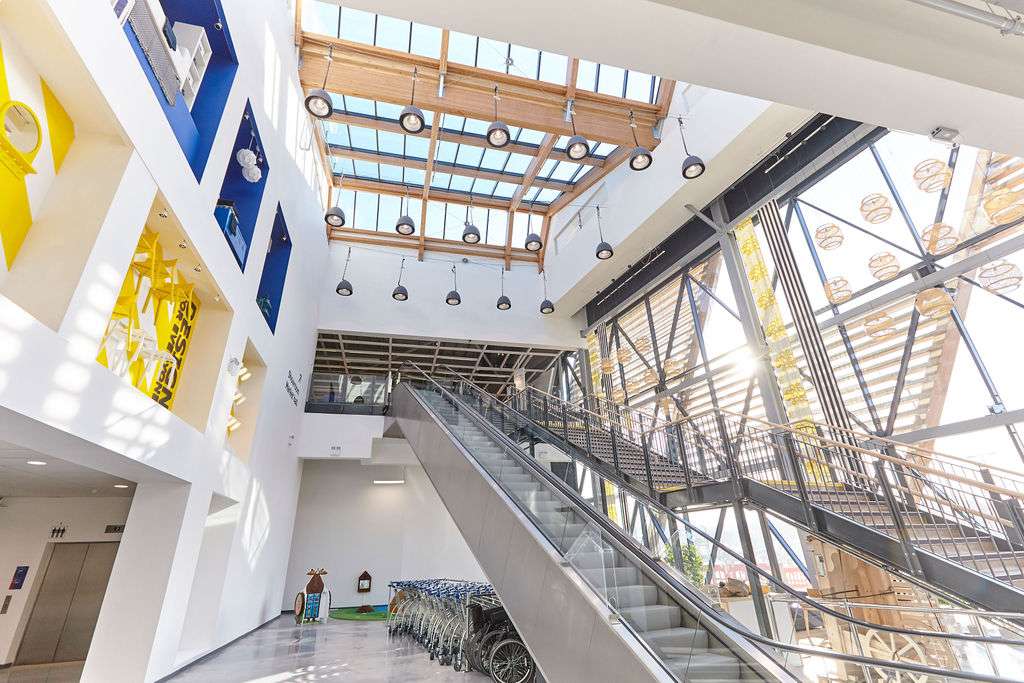
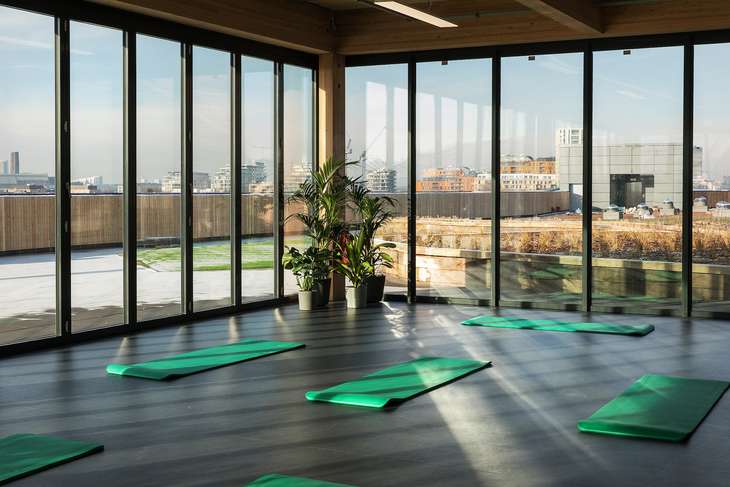
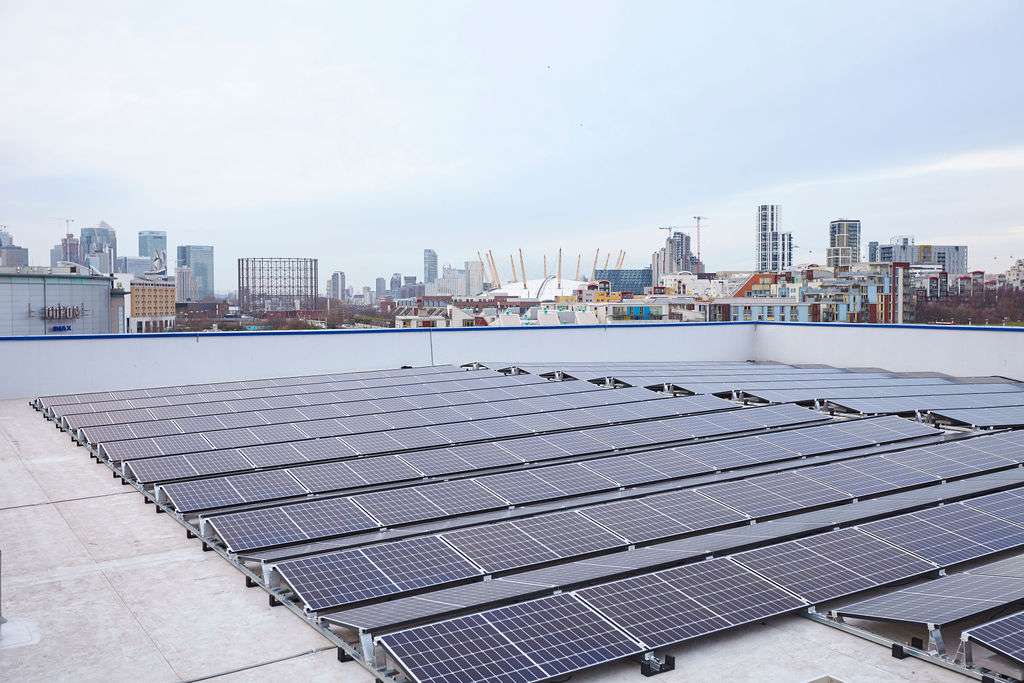
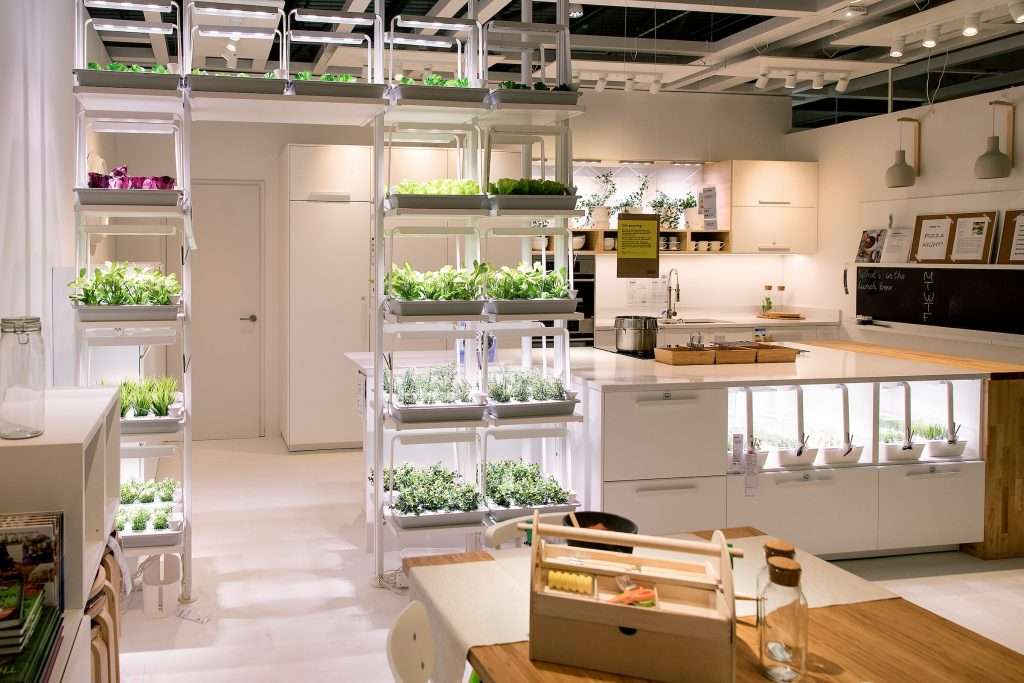
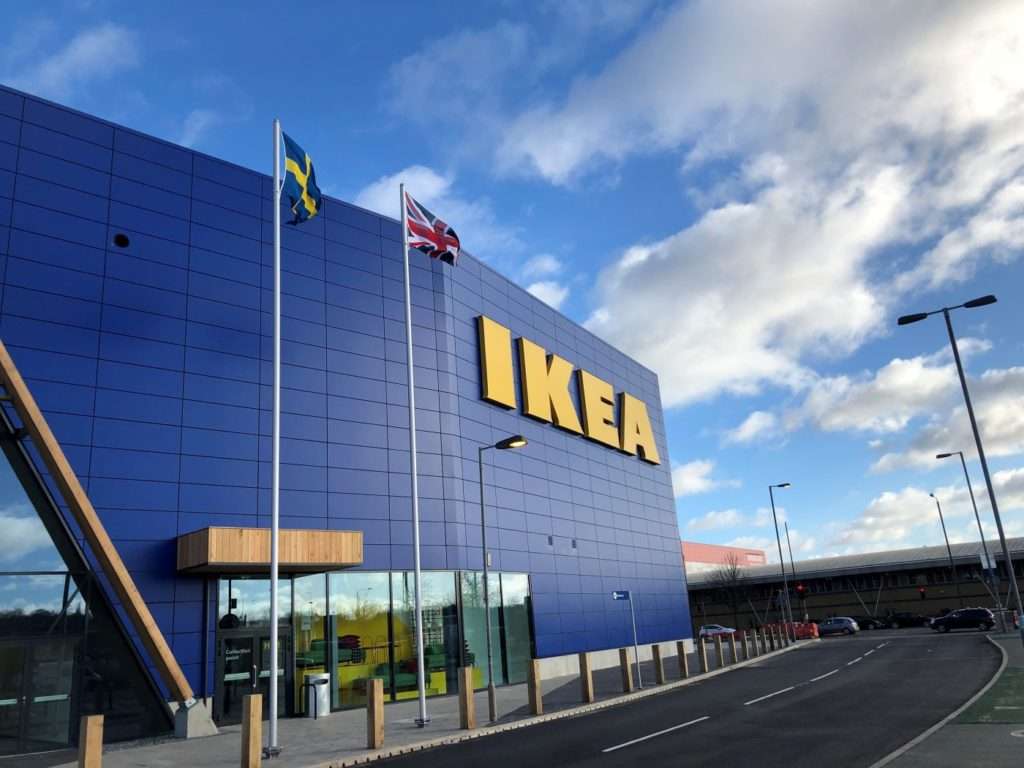
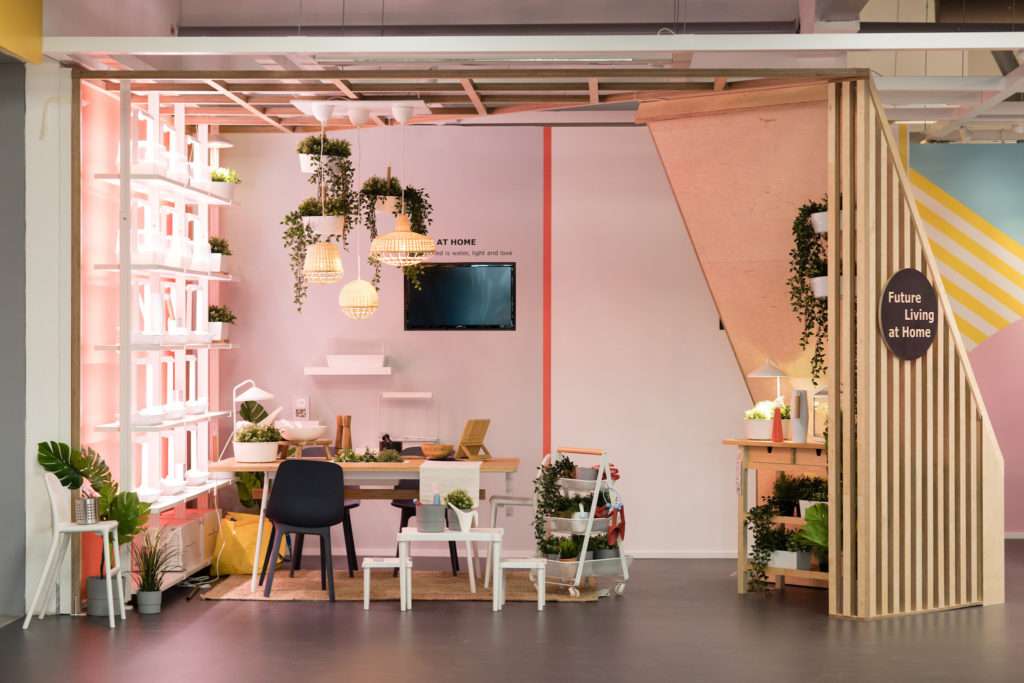
Hyatt Place – embracing green hospitality
In a similar vein to IKEA’s efforts but within the hospitality industry, Hyatt Place has embraced green building practices through its operations by aligning closely with BREEAM’s rigorous criteria for sustainable development. This alignment underscores Hyatt Place’s commitment not just to guest comfort but also towards reducing its carbon footprint and enhancing overall environmental stewardship.
The triumphs of both entities showcases Waldeck’s skill in manoeuvring through intricate evaluation systems such as BREEAM with finesse.

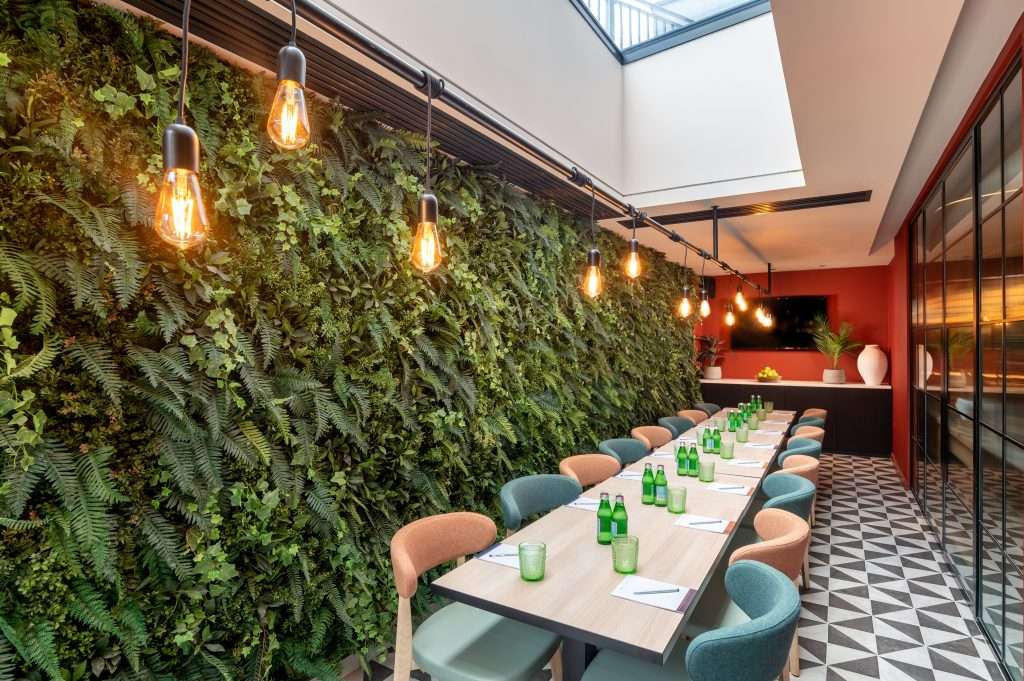

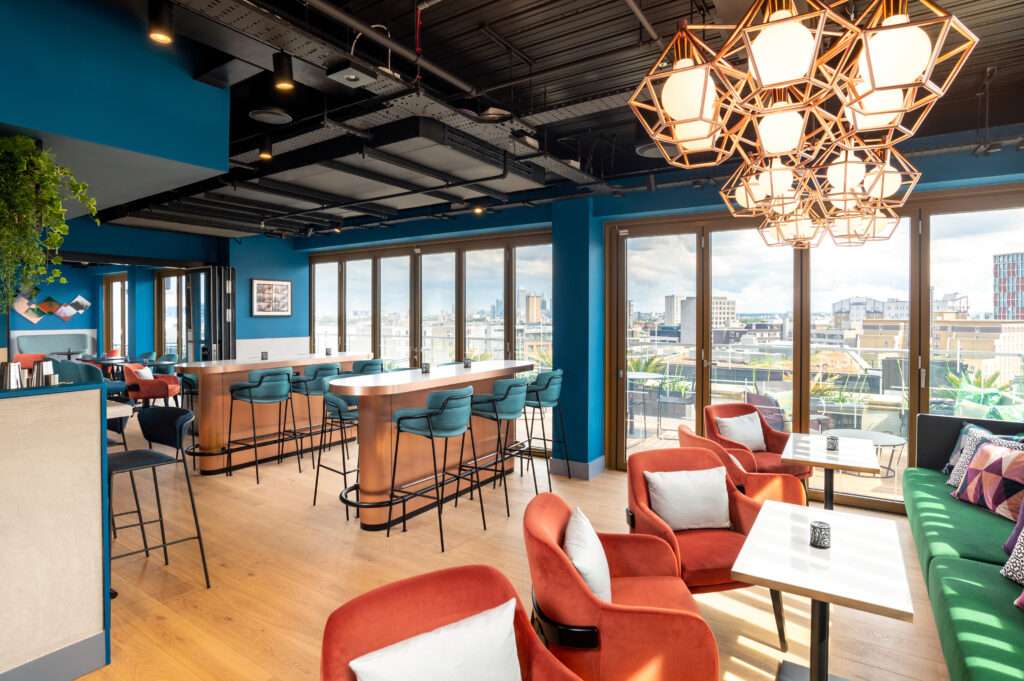
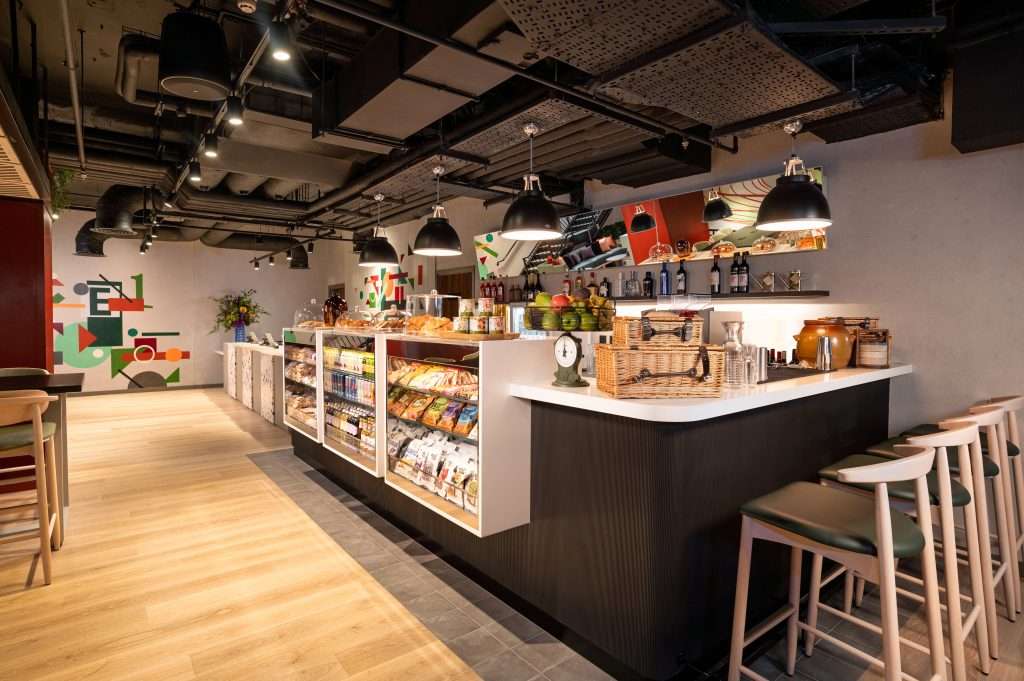
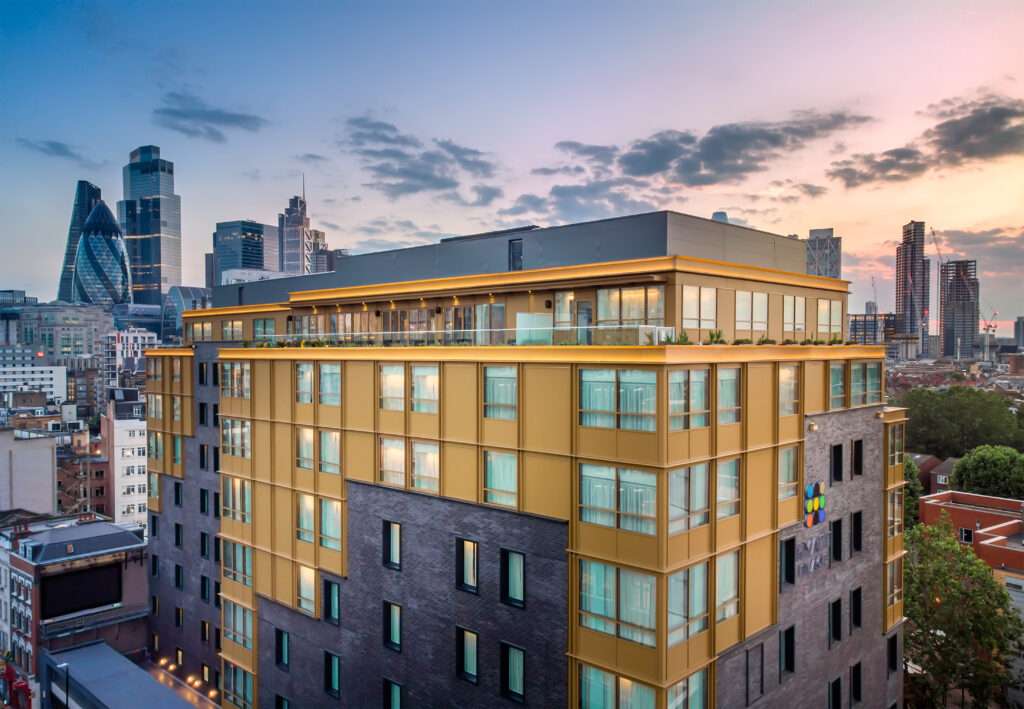
The economic benefits of sustainable development through BREEAM
Elevating asset value
Aligning Environmental, Social and Governance (ESG) sustainable development goals with BREEAM certification is not just a tick-box exercise – it’s a strategic move that can significantly improve the value of assets.
Properties boasting high BREEAM ratings often see an increase in their market value because they meet and exceed the growing demand for sustainable property.
More and more, those putting their money into the market are becoming aware of how their choices affect our planet. By demonstrating commitment to sustainability through achieving notable BREEAM ratings, developers can tap into this evolving market sentiment, thereby enhancing asset appeal and securing premium valuations.
Moderating risks
Rigorous environmental assessments like those required for BREEAM certification play a critical role in identifying potential risks early on in the development process. By gleaning knowledge from thorough environmental evaluations, backers can judiciously sidestep the financial pitfalls tied to neglecting new eco-friendly construction norms or rules aimed at bolstering resilience against climate alterations.
By taking early steps to integrate environmental care, companies meet legal standards and align their operations with the wider objectives of sustainable growth. As such, it positions businesses favourably among stakeholders who prioritise social impact and economic sustainability alongside financial returns.
Bridging technology and sustainability with the BREEAM Platform
The integration of digital tools in environmental assessments is not just an advancement; it’s a revolution. Embodying this shift, the BREEAM Platform furnishes evaluators with a robust suite of digital tools to streamline and authenticate sustainability credentials with ease.
The digital revolution in environmental assessment
Fundamentally, the BREEAM API acts as a pivotal conduit, facilitating fluid communication across diverse applications and the Platform, enriching its operational ecosystem. This ensures that data flow remains uninterrupted and accurate throughout the assessment process. By using these digital tools for environmental assessments, professionals can significantly reduce time spent on manual tasks – focusing instead on strategic decision-making to enhance building sustainability.
By advancing technology, we make workflows more efficient and pave the way for groundbreaking innovations in achieving green building credentials. Through precise tracking and analysis capabilities offered by these tools, buildings can be designed and operated to meet stringent standards set forth by BREEAM ratings effectively.
By harnessing digital advancements, participants in the construction sector are better equipped to meet their ESG objectives with heightened accuracy and productivity. Adopting this method marks a major leap toward large-scale sustainability, an objective growing ever more vital in our current era.
Becoming a certified professional in sustainability
Starting a journey to gain a sustainability certification is vital for those aiming to lead or significantly contribute to environmental assessments, especially in the context of BREEAM. This not only boosts personal credentials but also provides the expertise to bring about significant change in different sectors.
Educational opportunities
There are lots of training programmes for people interested in sustainability. These courses cover everything about making things sustainable, from basic ideas to advanced methods needed to make them work well. They’re especially good if you want to become a BREEAM professional, showing you’re serious about eco-friendly practices.
Getting certified means you really understand how to make buildings and environments sustainable. You need to know about cutting down energy and water use, as well as improving community health, all to meet big environmental goals. Being certified proves you’re not just talking about it – you can actually do it on real projects. It opens up chances to help with green building rules or lead projects that meet urgent environmental goals. Holding this certification shows you know the theory and can put it into practice for sustainable construction and development.
FAQs in relation to BREEAM certification
BREEAM stands for Building Research Establishment Environmental Assessment Method. It’s the world’s leading recognised standard measuring sustainability in buildings.
No, but it’s highly regarded. Many projects adopt it to show commitment to sustainability and attract eco-conscious tenants.
BREEAM standards set benchmarks for sustainable building design, construction and operation. They guide builders towards greener practices.
BREEAM originated in the UK; LEED comes from the US. Both aim at sustainability but differ slightly in assessment criteria and methodology.